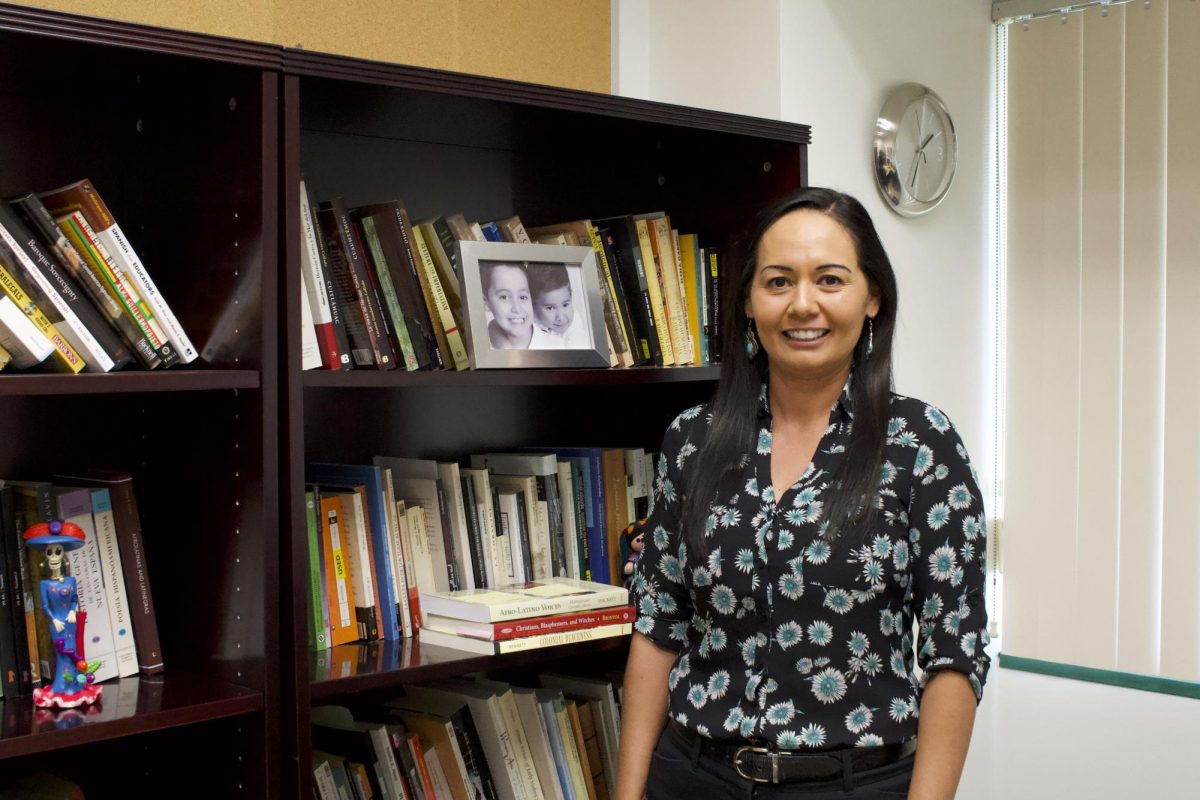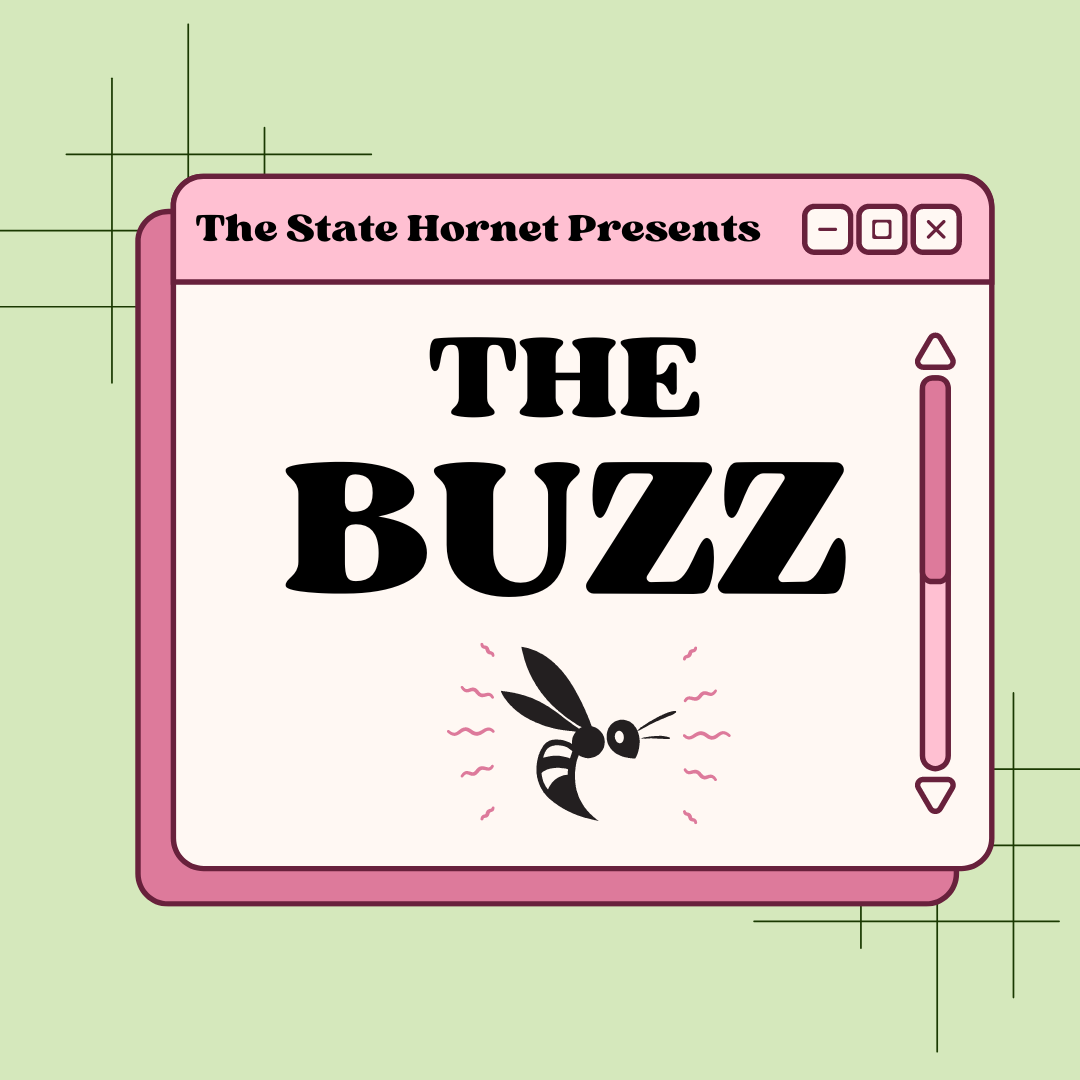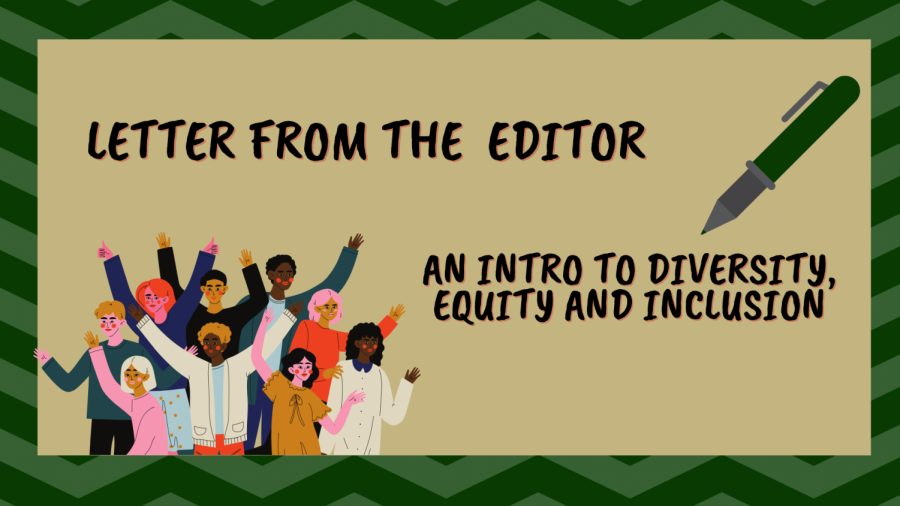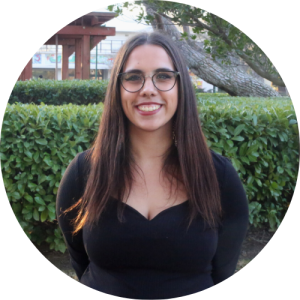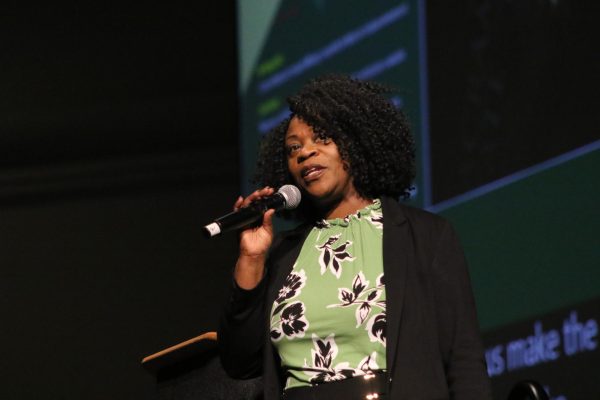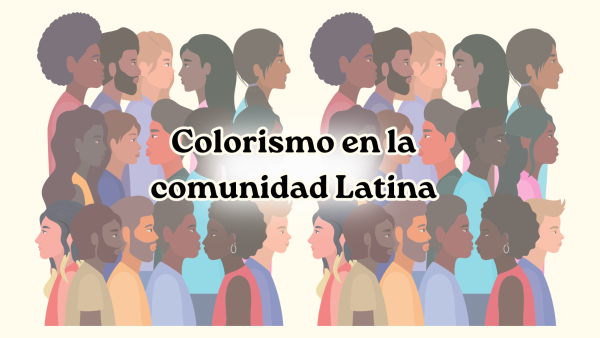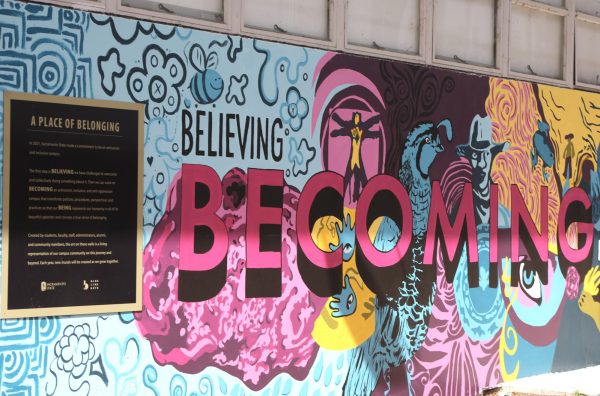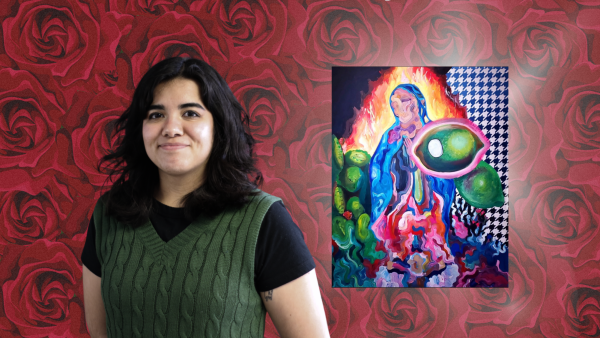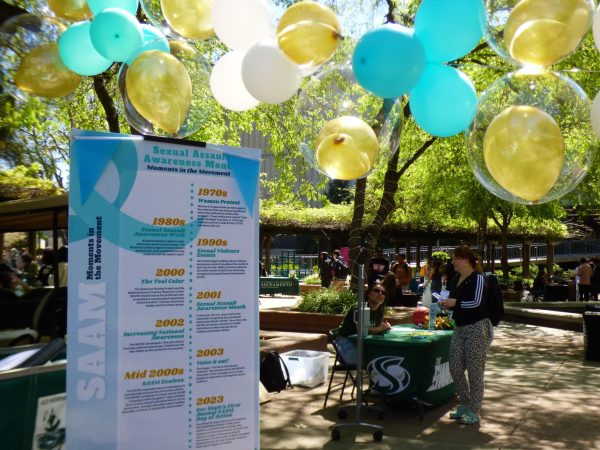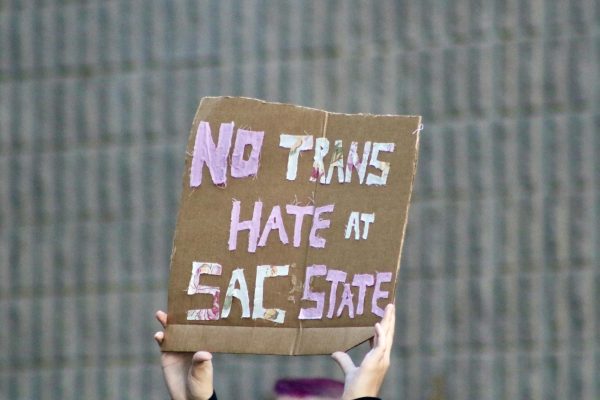LETTER FROM THE EDITOR: Welcome to the Diversity, Equity and Inclusion section
The State Hornet’s equity mission, goals for the fall
Diversity, Equity and Inclusion editor, Emma Hall, pens an open letter detailing the section’s mission and goals for the fall semester. Hall also shares the results of our summer audit and The State Hornet’s goal of having half of each story’s section focused on underrepresented communities. Graphic created in Canva.
September 3, 2021
Today is the start of a new chapter for The State Hornet. This fall, I am our publication’s first Diversity, Equity and Inclusion editor. While I am thrilled to hold such a role, I am cognizant of how much weight it holds, especially since The State Hornet has struggled covering underrepresented communities on campus.
My role will consist of auditing State Hornet coverage throughout the semester and leading a team of staffers focused on diversifying stories. Our Diversity, Equity and Inclusion section will showcase and center stories about minority groups on campus, particularly our campus’s LGBTQ+, Asian American and Pacific Islander, Native American and disabled communities.
To become familiar with the Hornet’s past coverage, I conducted our first audit over the summer. Specifically, I analyzed how many stories centered voices from marginalized groups, whether this be featuring stories about underrepresented communities or centering voices from underrepresented communities and their members.
Our summer audit can be seen in full below:
For the sake of transparency, here are our numbers: The following percentages represent how much of last semester’s coverage met this criteria: 39% in news, 30% in sports, 32% in arts and entertainment, 29% in opinion, 31% in video and 43% in podcasting.
In the past two years, The State Hornet has lacked coverage on the LGBTQ+, Asian American and Pacific Islander, and Native American communities. Additionally, coverage about students with disabilities and learning differences needs to increase. In fact, the only story centering a source with a disability was a testimonial from February 2020, where staffer Shelby Tolly wrote about how journalism helped her find her voice after being diagnosed with autism. This semester, we are aiming to have more than half of our stories centering these marginalized groups.
We are not only diversifying coverage through connecting with sources on campus to meet this goal, but we will continue to work on transforming The State Hornet into an actively anti-racist publication.
In order to achieve this goal, we have to look at diversity from within our own staff. I will be conducting an internal survey on our staff diversity in comparison to the student population at Sacramento State. Those results will also be released publicly this semester. Furthermore, The State Hornet will also be creating a style guide focused on covering communities of color and other minority groups to which our staff must adhere.
Diversity, Equity and Inclusion will be on everyone’s radar, not solely my own. My job is to lead our initiative, and it is one I hold with the utmost importance. As a Native American journalist (Cherokee and Blackfeet by descendancy), I understand the importance of diversity and to be a recognizable and trusted face for communities of color.
Journalism can be a powerful tool for change, yet our industry still struggles to bring justice to communities of color. For example, the Native American Journalists Association found more than half of The New York Times’s articles frequently used stereotypes when covering Native communities.
I, as a young Native journalist, recognize this example firsthand. Rarely do I ever see myself and other Native folks represented accurately in mainstream coverage. Likewise, these flaws can be found in mainstream coverage of every minority group in the United States.
Not only does it harm us, but the public we strive to serve. Overall, as an industry, we need to do better. But, even though legacy papers like The New York Times struggle, it does not mean we can not get it right.
The State Hornet is a special place like many student newsrooms. We are the new generation of working journalists. Returning to campus for the first time in 18 months fuels the drive to pursue stories that give our communities justice. We’re hungry and ready.
We can implement the change the public deserves here at Sac State and beyond. However, we must wield this power responsibly. This requires listening, learning and accountability; all elements my fellow editors and I will be prioritizing this fall.
That starts with holding the powers that be accountable, including ourselves.
Everything we do as journalists is a service to you. You are the reason I write this letter, and it is The State Hornet’s honor to serve you and our campus community.



















